In the fast-paced world of construction, ensuring safety, security, and organization at the worksite is paramount. A temporary construction fence can play a pivotal role in achieving these goals. This article will delve into the significance of temporary construction fences, their types, benefits, and considerations to help you make informed decisions for your construction project.
 The Importance of Temporary Construction Fence
The Importance of Temporary Construction Fence
Temporary construction fences, often referred to as construction site fences, are vital components of any construction project. They provide a clear boundary between the construction site and its surroundings, ensuring the safety of workers, pedestrians, and adjacent properties. These fences prevent unauthorized access, reduce the risk of accidents, and minimize potential liabilities.
Types of Temporary Construction Fence
1. Chain-Link Fences
Chain-link fences are the most common type of temporary construction fences. They are durable, cost-effective, and easy to install. These fences are versatile and can be customized with privacy screens and gates for added security.
2. Barricades
Barricades are robust barriers that are ideal for controlling crowd movement and preventing vehicular access. They are often used in areas with heavy foot traffic, such as outdoor events and festivals.
3. Mesh Fences
Mesh fences provide a higher level of privacy and dust control compared to chain-link fences. They are suitable for construction sites in urban areas where minimizing visual impact is important.
Benefits of Temporary Construction Fence
- Enhanced Safety: By clearly marking the construction area, temporary fences reduce the risk of accidents and injuries to both workers and passersby.
- Security: These fences deter trespassers and vandals, protecting valuable construction equipment and materials from theft and damage.
- Regulatory Compliance: Many local regulations mandate the use of construction site fences. Adhering to these regulations avoids potential legal issues.
- Aesthetics: Mesh fences can be customized with printed graphics, enhancing the site’s appearance and providing an opportunity for branding.
- Privacy and Noise Control: Mesh fences can reduce noise pollution and shield the construction site from view, minimizing disruption to the surrounding community.
Key Considerations When Using Temporary Construction Fence
- Fence Height and Strength: The height and strength of the fence should be appropriate for the site’s needs. Higher fences are necessary for increased security and privacy.
- Access Points: Plan for designated access points for workers, vehicles, and pedestrians. Install secure gates and ensure they remain locked when not in use.
- Permits and Regulations: Research local regulations and obtain necessary permits before installing temporary construction fences.
- Maintenance: Regularly inspect and maintain the fences to ensure they remain effective throughout the project’s duration.
Supporting a Safer Tomorrow
Temporary construction fences are more than just physical barriers; they contribute to the overall safety and success of construction projects. With their ability to prevent accidents, enhance security, and promote regulatory compliance, these fences are an indispensable asset in the construction industry. Whether you’re constructing a commercial building or a residential complex, the strategic implementation of temporary construction fences can make a significant difference in ensuring a smooth and secure construction process.

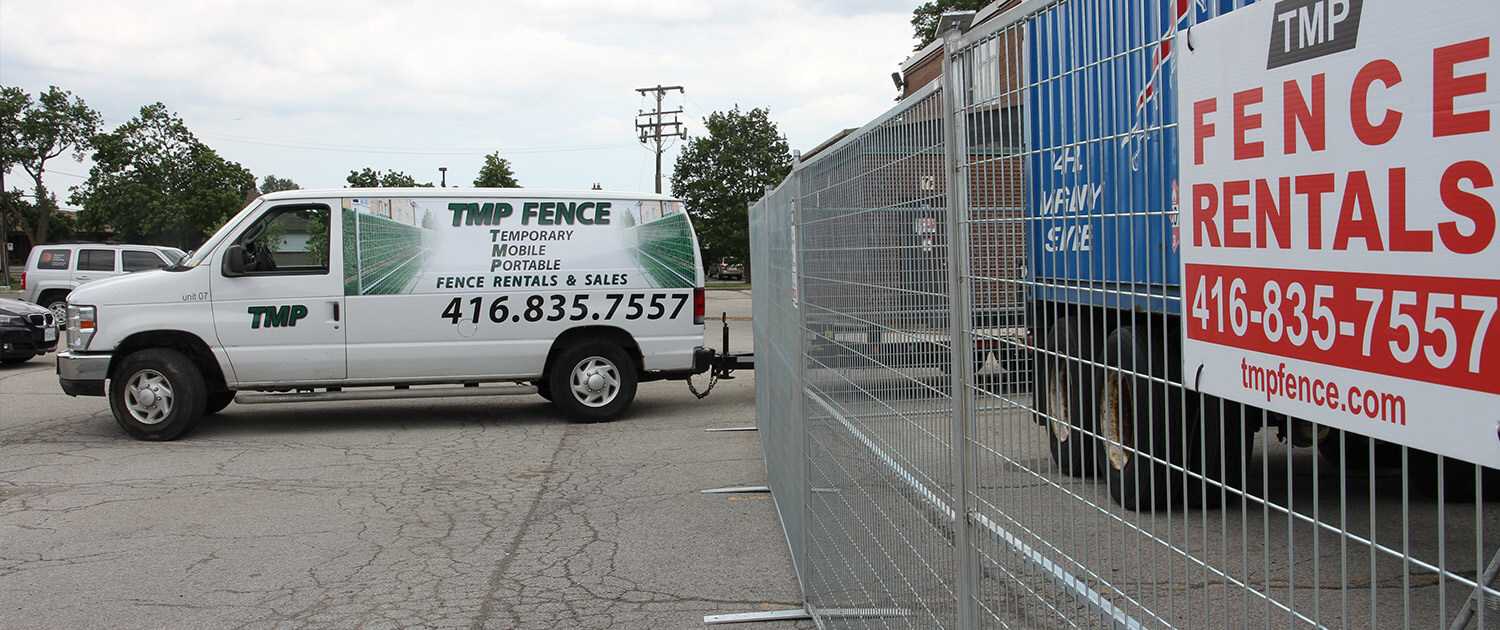
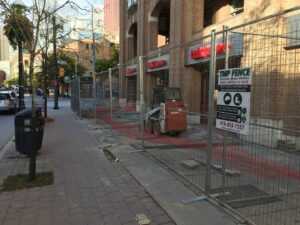 The Importance of Temporary Construction Fence
The Importance of Temporary Construction Fence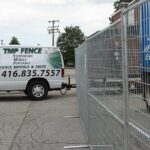
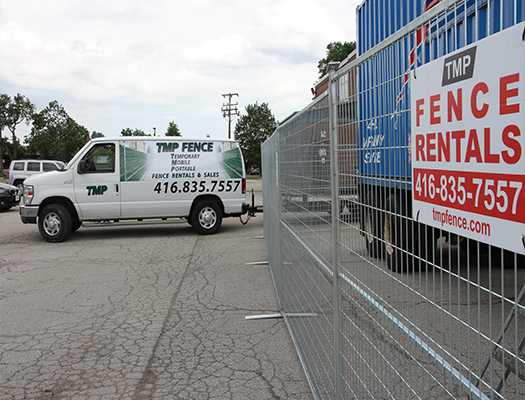
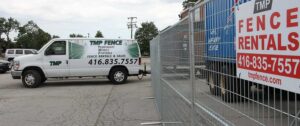
One Response
It’s great that you talked about how temporary fences could reduce the risk of accidents and injuries to both workers and passersby by clearly marking the construction area. We are going to landscape our property, but first, we need to take some safety measures. So as a first step, we need to ask for temporary construction fencing.